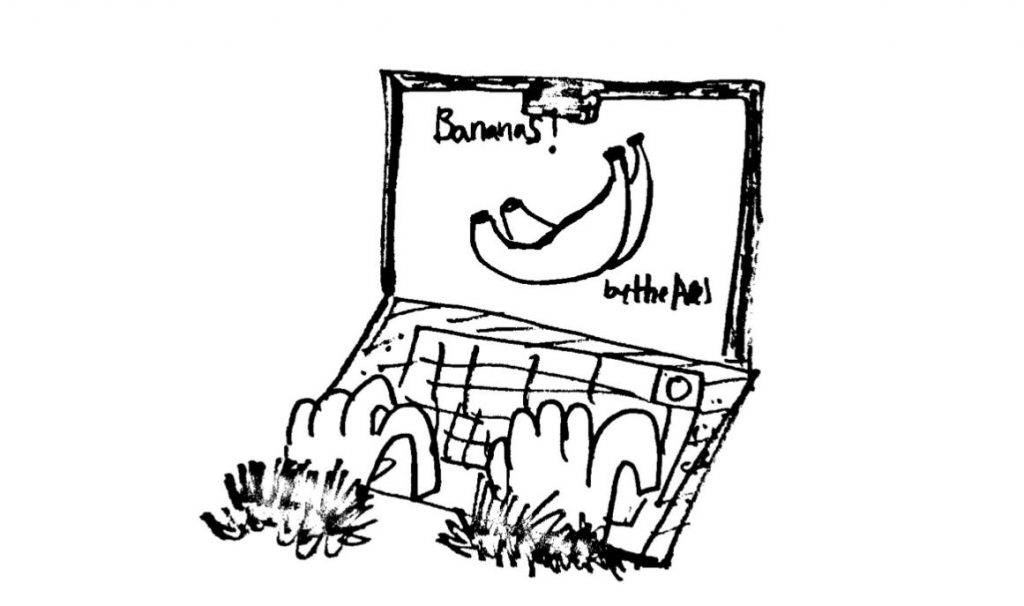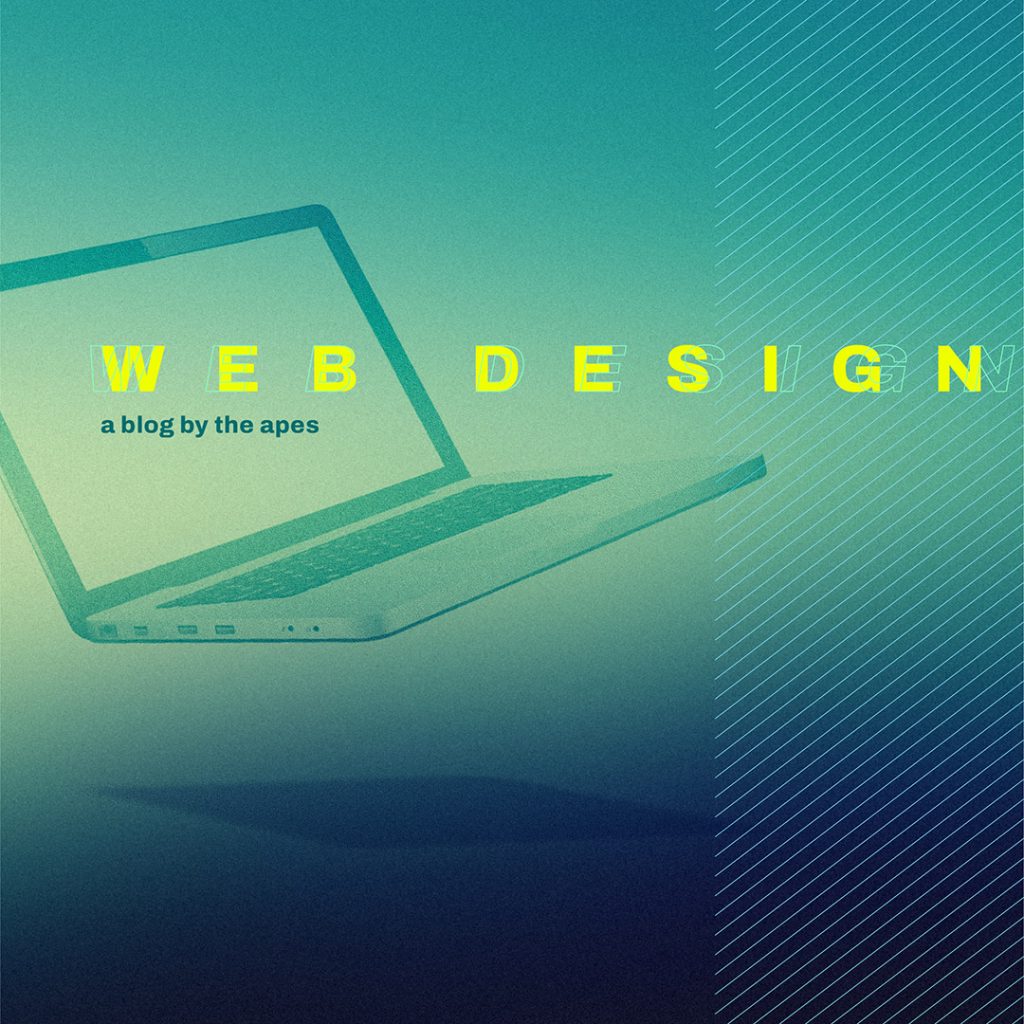
Web Design Basics
Web design is the art of creating a pleasant experience for your customers when they visit your website. By understanding and predicting the needs of the visitor and their motivations, the designer can present a fluent and satisfying experience. Just as supermarket owners organize their shop according to what they want to sell first or what they want the shopper’s mentality to be while they shop, websites need to be arranged in a way that favors the customer journey and builds a better relationship with the people that set foot in your store.
Important concepts
UX and UI
UX stands for User Experience, which translates to how a person lives your brand; your values, ideas and concepts. A good user experience is desirable, trustworthy, simple and memorable due to its value. On the other hand, UI means User Interface, which is the vessel from which a person navigates what your brand has built. It aims to be unobtrusive and intuitive, so as not to interfere with the experience.
Customer journey
This not-so-metaphorical journey comprises the many steps a person takes when interacting with a business. The journey is often divided into the following stages:
Awareness: this is when a potential customer first learns about your brand for the first time.
Consideration: The consumer is attracted by your product or service and considers buying it.
Purchase: The target becomes a customer when they purchase something from you via any of your stores, whether it is a contact center, webshop or a boutique downtown.
Retention: they are reminded of the pleasant experience and invited to consider further purchases or interactions with your brand
Advocacy: Motivated by their gratifying experience, the customer spreads word of your business.
Everyone can refer to these 5 stages to see if their business experience is missing any of them and invest in tools like databases or paid media accordingly.
Web design tips
Here are some web design tips to help you create a website that will impress your visitors and help you grow your business:
- Start with a strong brand identity.
Your website should reflect your brand identity. Be consistent with different colors, fonts, and styles that fit your narrative. It’s also important to have a clear and concise message that tells visitors what your business does and why they should care.
- Keep it simple.
Don’t try to cram too much information onto your website. Visitors should be able to quickly and easily find what they’re looking for. Use clear and concise navigation, and make sure your content is well-organized.
- Use high-quality images and videos.
Images and videos can help to break up your text and make your website more visually appealing. They can also help to tell your brand story and connect with your visitors on an emotional level.
- Optimize for mobile devices.
More and more people are using their smartphones and tablets to browse the web. Make sure your website is optimized for mobile devices so that visitors can easily view it on their smaller screens.
- Use responsive design.
Responsive design means that your website will automatically adjust its layout to fit any screen size. This is important for ensuring that your website looks good and is easy to use on all devices.
- Keep your website up-to-date.
Your website is a living document. It should be updated regularly with new content, products, and services. This will help to keep visitors coming back for more.
Also, remember to seek professional advice for a designer if you need it, test the website with other people in order to perfect it and share your finished product as much as possible.
Before you leave, here are some elements of a website you can research further to extend your knowledge on the subject:
Color schemes
Typography
Web Navigation tools
Visual Hierarchy

